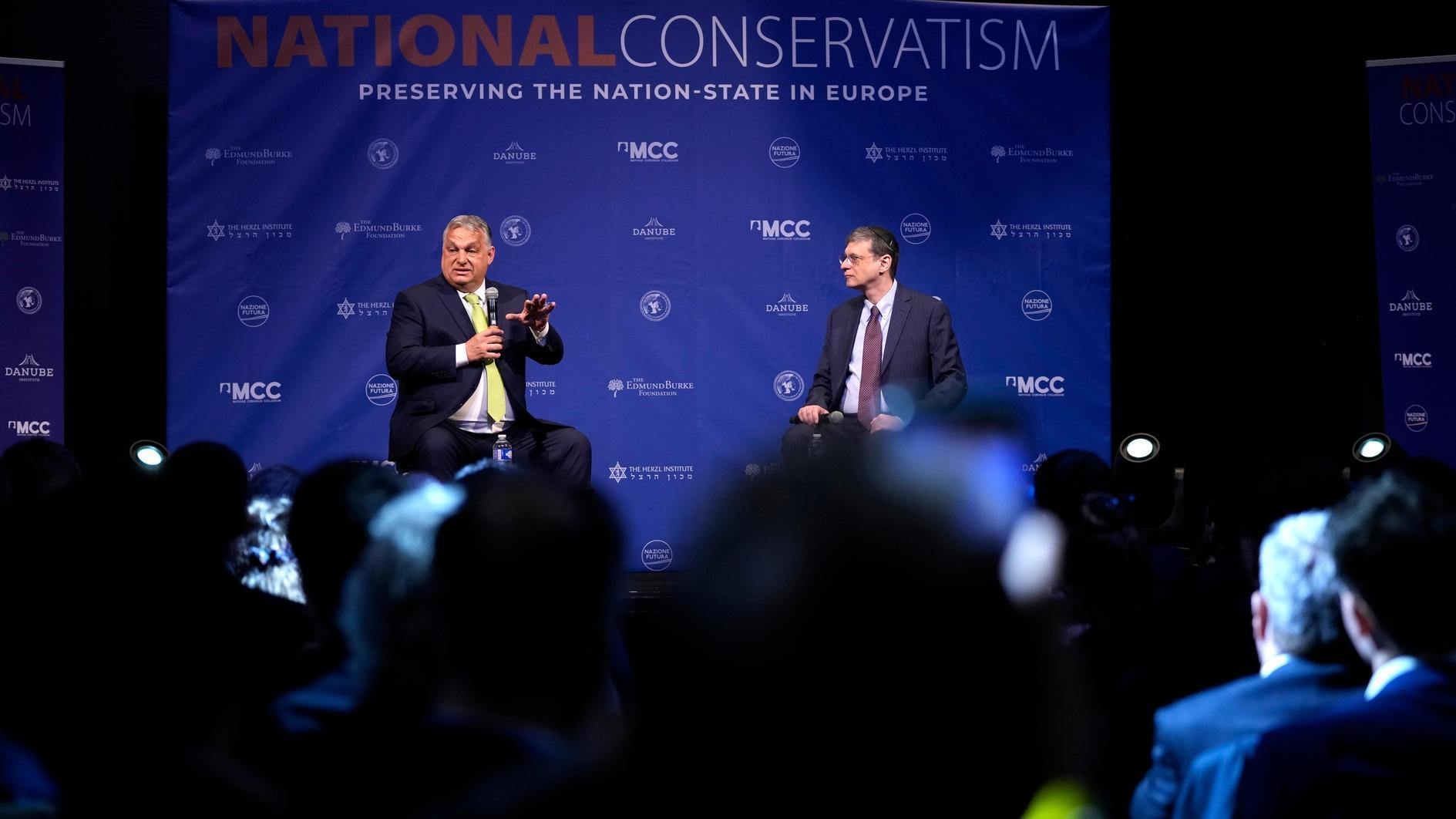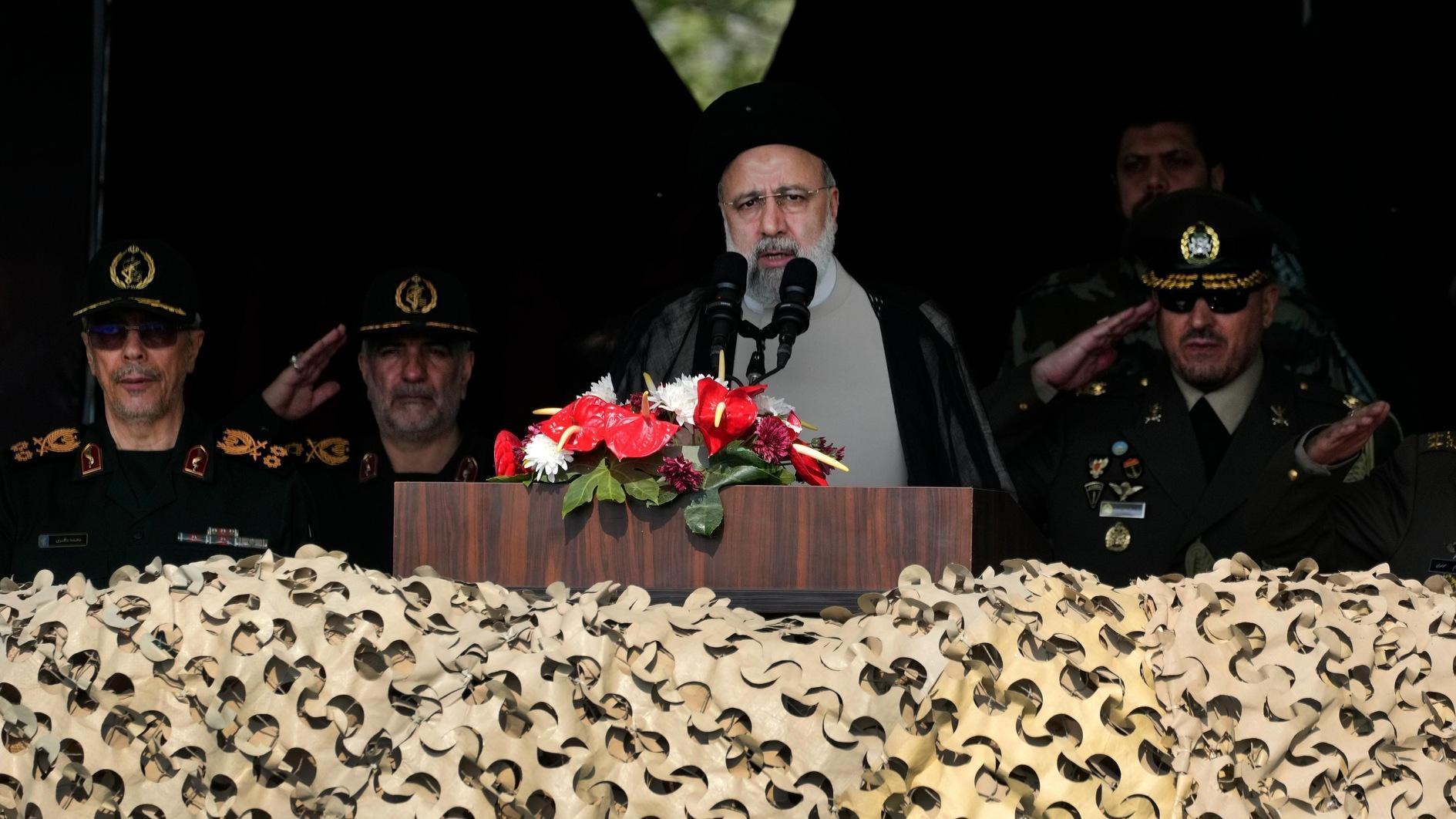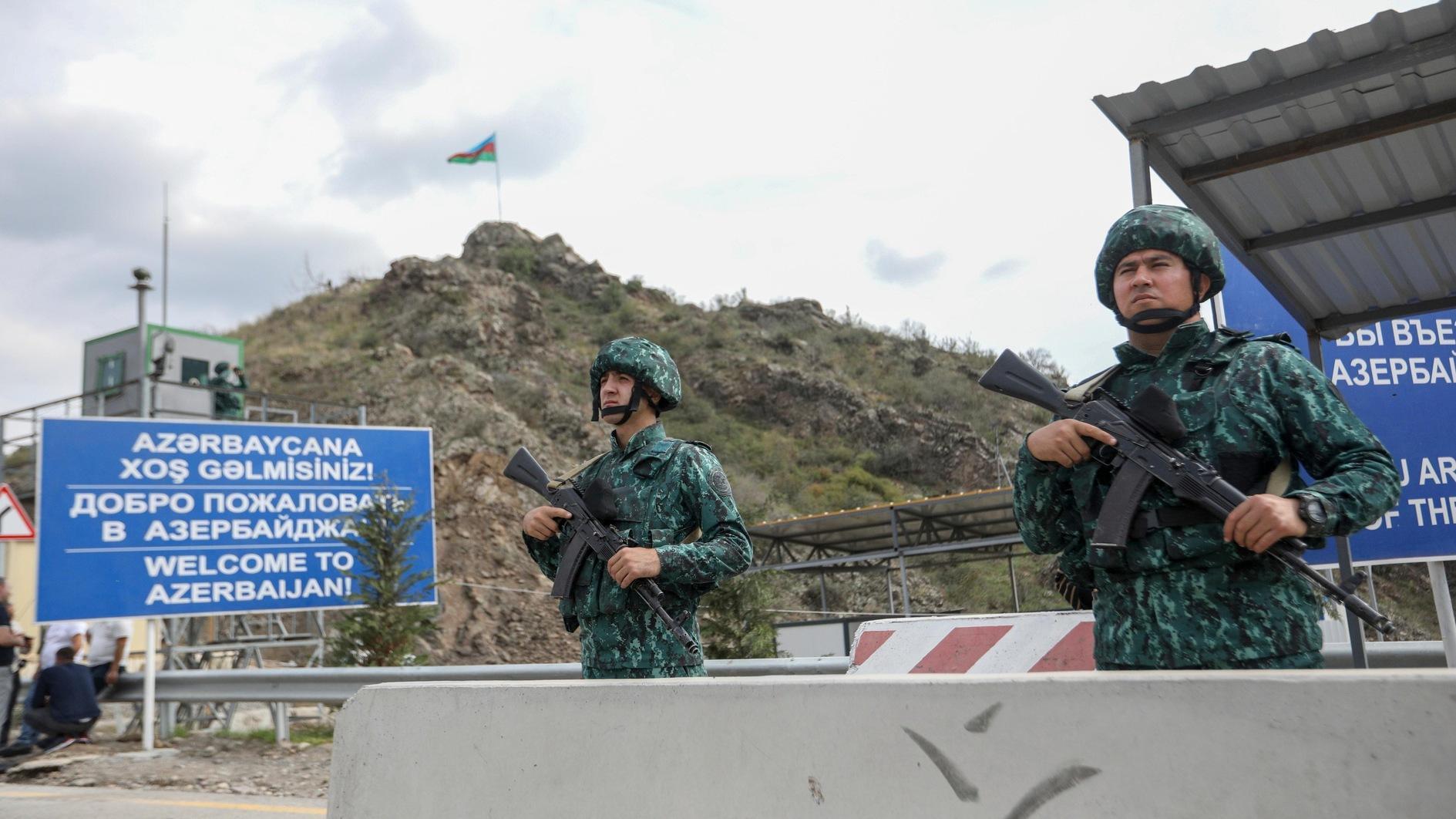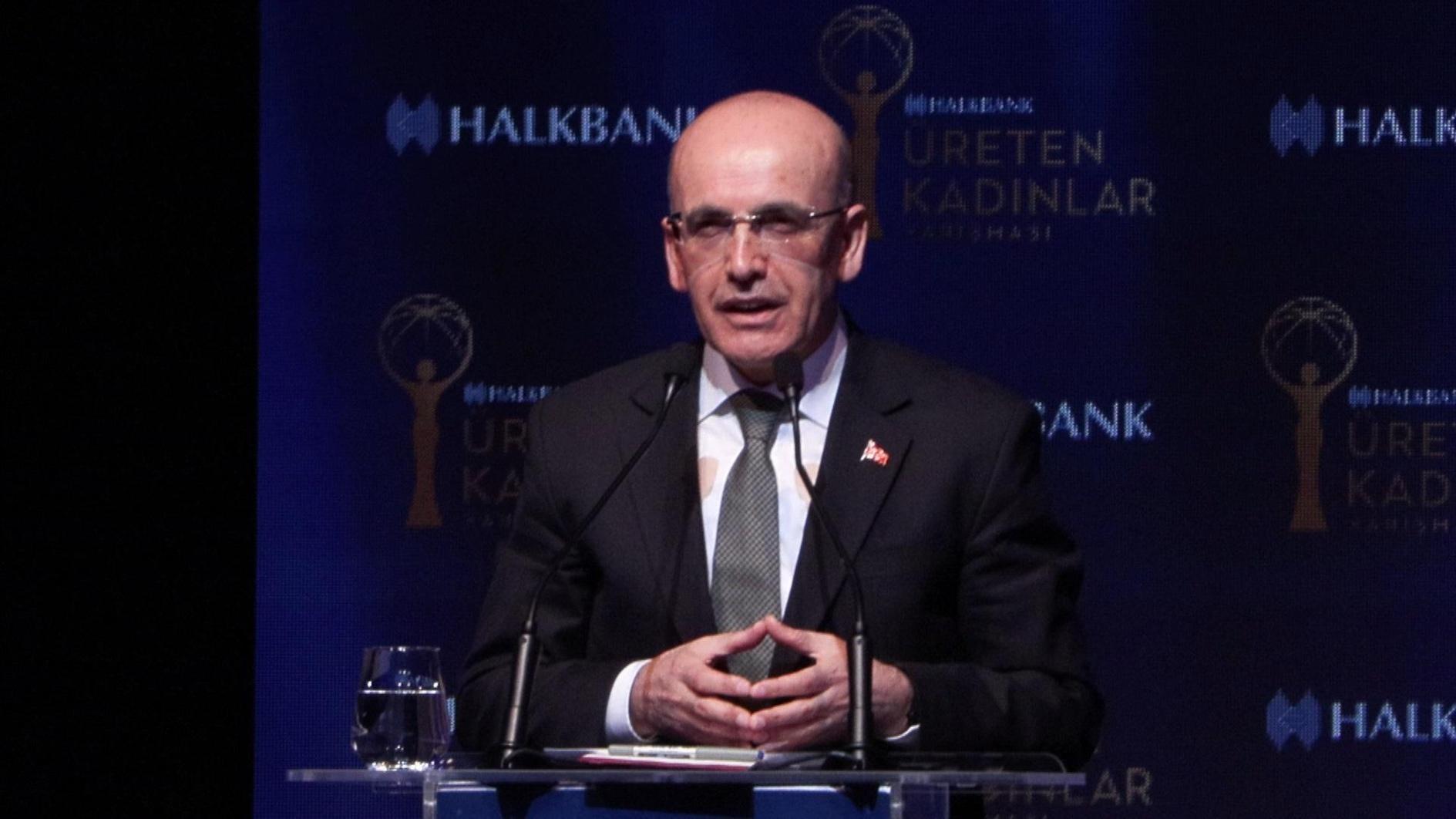Analysis: Erdoğan no longer almighty
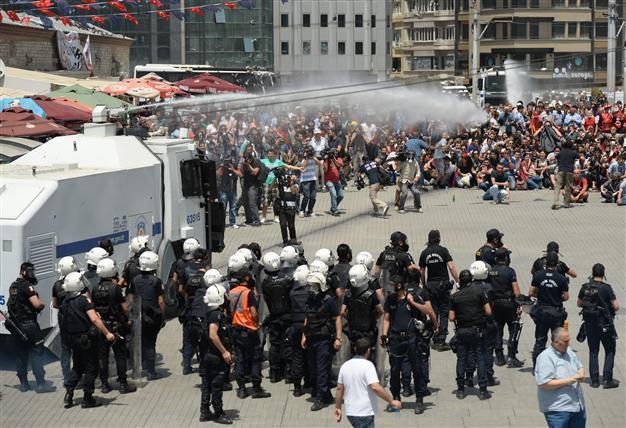
The police’s dawn raid on May 31 triggered huge clashes that continue for over 24 hours in Taksim and other areas. DAILY NEWS photo, EMRAH GÜREL
To cut the story short, the Taksim wave of protests has turned into the first public defeat of the almighty image of Prime Minister Tayyip Erdoğan, and by Turkish people themselves.It was around lunch time June 1 when Erdoğan reiterated his hard-line position regarding the demonstrators protesting his decision to turn the only remaining green spot in Istanbul's iconic Taksim Square into a reconstructed historical building with a shopping mall.
He asked the demonstrators to abandon their efforts to try to get into Taksim Square, which was encircled by police squads, with the faint promise of an investigation into the excessive use of tear gas, stressing that there was no way the demonstrators could succeed. The crowds have grown to literally hundreds of thousands from a lonely 50 four days ago, thanks to the brutal methods that the Turkish police used in order to disperse them, particularly the serial use of tear gas and water cannons. The protests have not only spread to the European and Asian sides of Istanbul (Taksim being on the European side), but also to different cities across Turkey: the capital Ankara, İzmir, Eskişehir, and a dozen others.
Then, two unusually smart political moves took place. The first was the cancellation of a major demonstration by the main opposition Republican People's Party (CHP), which had been planned for June 1 in their Istanbul stronghold Kadıköy on the Asian side against the government policies. The CHP leader, Kemel Kılıçdaroğlu, asked all his supporters to cross the Bosphorus and rally to Taksim in support of protesters there. Many thought that this move might be counterproductive, as Erdoğan had preemptively accused Kılıçdaroğlu of trying to use the protests politically. So, tens and thousands of CHP members started to pour towards Taksim, despite the police barricades reinforced by gas and water squads.
The second move came from President Abdullah Gül, who on his return from Turkmenistan made at least three phone calls, to the Istanbul governor, the interior minister, and Erdoğan himself, asking them to try not to further antagonize the demonstrators. Right after those calls, at around 4 p.m, the police started to withdraw from Taksim. Around five hours after Erdoğan's address, hundreds and thousands of protesters started to march to Taksim Square in a mood of victory, chanting slogans calling on him to resign.
In return, Kılıçdaroğlu did not show up in Taksim, and no CHP flags and banners were there either. A CHP spokesman said he did not want to come in order to avoid being accused of political opportunism - that was a smart move indeed.
To call this a "Turkish Spring" would be over-dramatizing it. It could be, if there were opposition forces in Turkey that could move in to stop the one man show of a mighty power holder. But it can easily be said that the Taksim brinkmanship marked a turning point in the almighty image of Erdoğan.



